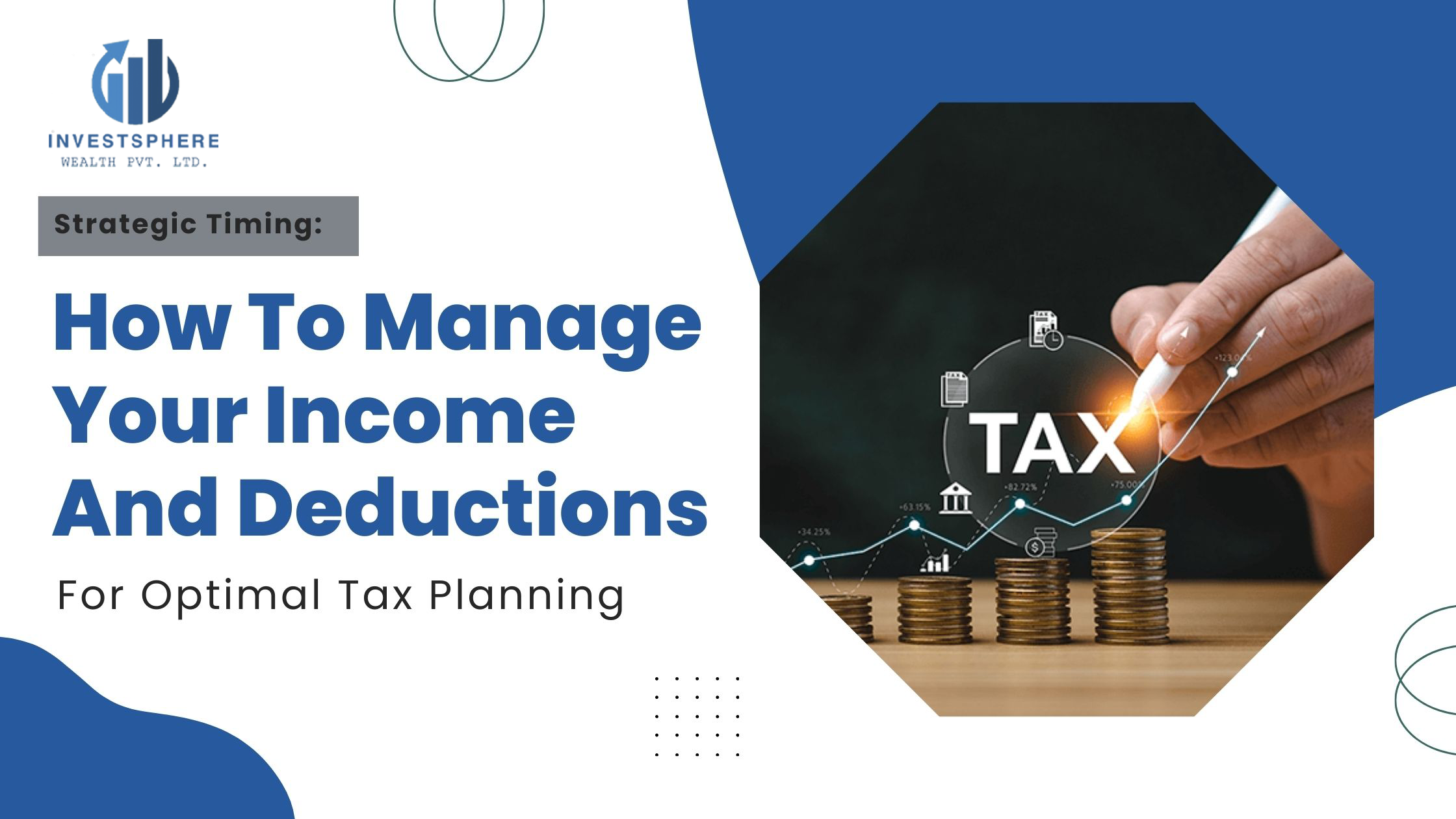An overdraft (OD) loan facility is a type of revolving credit offered by banks or financial institutions to individuals or businesses, allowing them to withdraw funds from their current account up to an approved credit limit, even if the account balance is zero. It provides flexibility in managing cash flow and temporary financial needs by offering access to additional funds beyond the available balance in the account.
How does overdraft loan facility works?
1. Application:
The bank approves an overdraft facility for an individual or business based on factors such as creditworthiness, income stability, relationship with the bank, and financial history.
2. Credit Limit:
The bank sets a predetermined credit limit for the overdraft facility, which represents the maximum amount that can be withdrawn from the current account beyond the available balance..
3. Withdrawal:
Account holders can withdraw funds from their current account up to the approved credit limit, even if the account balance is zero or negative. This provides immediate access to additional funds to cover expenses or meet financial obligations.
4. Disbursement:
Interest is charged only on the amount withdrawn from the overdraft facility and for the period it is utilized. The interest rate may be fixed or floating, depending on the bank's policy and prevailing market conditions.
5. Interest:
Borrowers are required to repay the loan amount along with accrued interest over a specified period, known as the loan tenure. Repayment can be made through equated monthly installments (EMIs) or lump-sum payments, depending on the terms of the loan agreement.
6. Repayment:
There is no fixed repayment schedule for an overdraft facility. Account holders are required to repay the amount withdrawn along with accrued interest within a specified period, typically upon receipt of funds into the account or as per the bank's terms and conditions..
7. Flexibility:
Overdraft facilities offer flexibility in terms of usage and repayment, allowing account holders to utilize funds as needed and repay them at their convenience without any prepayment penalties.
8. Security:
Overdraft facilities may be secured or unsecured, depending on the borrower's creditworthiness and the bank's policies. Secured overdrafts may require collateral, such as fixed deposits, securities, or property, to mitigate the bank's risk.
9. Renewal:
Overdraft facilities are often renewable, subject to the account holder's creditworthiness and the bank's review. The credit limit may be adjusted based on changes in financial circumstances or business performance.
What are benefits of Loan against property ?
Overdraft loan facilities offer several benefits, including:
a. Liquidity:
Provides immediate access to additional funds to meet short-term financial needs or cover unexpected expenses.
b. Flexibility:
Allows account holders to borrow and repay funds as needed, providing flexibility in managing cash flow and financial obligations.
c. Cost-effective:
Interest is charged only on the amount withdrawn and for the period it is utilized, making overdrafts a cost-effective financing option compared to traditional loans or credit cards.
d. Convenience:
Eliminates the need for frequent loan applications or credit checks, as the overdraft facility is pre-approved and readily available to account holders.





